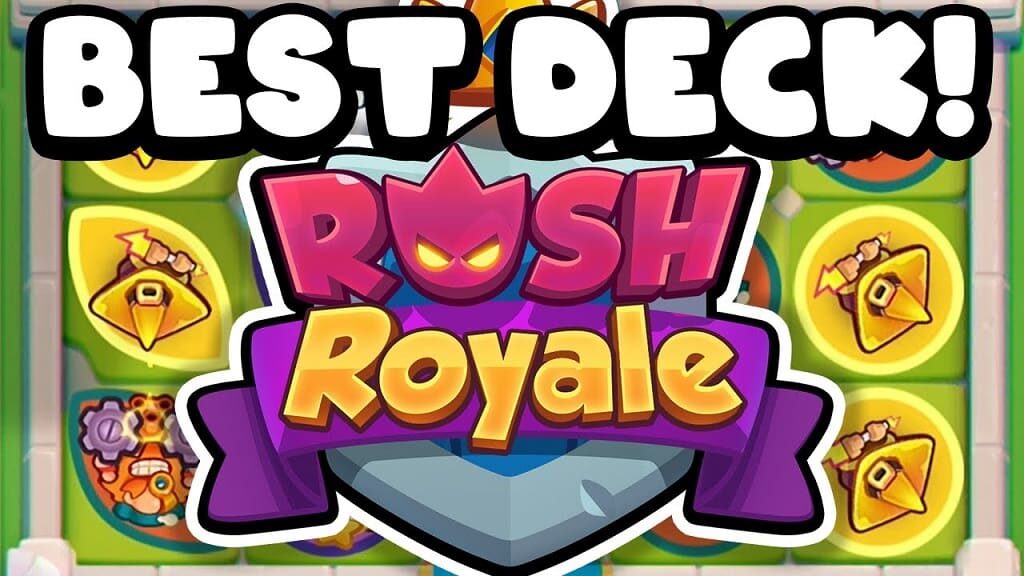Table of Contents
Evolution of ChatGPT 3.5 to ChatGPT 4: A Comparative Analysis of ChatGPT 3.5 Vs ChatGPT 4.
Introduction:
In the dynamic landscape of artificial intelligence, OpenAI’s ChatGPT has been a trailblazer in transforming human-AI interactions. With the release of ChatGPT 4, it’s essential to understand the differences that set it apart from its predecessor, ChatGPT 3.5. This article delves into the key variations, reasons behind improvements, and any potential setbacks observed in these AI marvels.
Understanding ChatGPT:
To better understand the differences, it is important to first understand the fundamental nature of ChatGPT. Created by OpenAI, ChatGPT is a sophisticated language model that is capable of engaging in natural conversations and can be applied to a wide range of situations. Thanks to its capacity to produce coherent and contextually appropriate responses, ChatGPT has transformed many different industries.
Comparing ChatGPT 3.5 and ChatGPT 4:
1. Enhanced Response Coherence and Consistency:
ChatGPT 4 showcases a remarkable improvement in response coherence and consistency compared to ChatGPT 3.5. This advancement can be attributed to the model’s enhanced understanding of context, allowing for more accurate and contextually relevant replies.
2. Expanded Vocabulary and Knowledge Base:
One of the noticeable differences between ChatGPT 3.5 and ChatGPT 4 is the expanded vocabulary and knowledge base of the latter. ChatGPT 4 demonstrates a better grasp of niche topics and can provide more in-depth information, catering to a wider range of user queries.
3. Contextual Understanding:
ChatGPT 4 displays a refined ability to understand context, resulting in more accurate interpretations of user inputs. This improvement leads to more meaningful conversations and reduces instances of misinterpretation that were occasionally observed in ChatGPT 3.5.
4. Fine-Tuned Prompt Handling:
With ChatGPT 4, we have improved how we handle prompts to provide responses that better meet user expectations. This enhancement makes for a more seamless and intuitive interaction process.
Reasons behind the Advancements:
1. Training Data Enrichment:
ChatGPT 4 benefits from an enriched training dataset, which includes a broader range of conversational patterns and nuances. This diverse data corpus empowers the model to learn from a more extensive collection of human interactions, thus refining its conversational abilities.
2. Advanced Fine-Tuning Techniques:
OpenAI has incorporated advanced fine-tuning techniques while developing ChatGPT 4. These techniques enable the model to adapt to specific conversational contexts, resulting in more accurate and context-aware responses.
3. Iterative Feedback Incorporation:
The development of ChatGPT 4 involved an iterative process that incorporated user feedback from the previous version. This user-centric approach has contributed to addressing common pain points and enhancing overall user satisfaction.
Setbacks and Limitations:
1. Potential Bias Retention:
Despite advancements, ChatGPT 3.5 and ChatGPT 4 may still exhibit biases in their training data. Efforts to mitigate biases are ongoing, but users should remain cautious about potential biased outputs.
2. Contextual Discrepancies:
While ChatGPT 4’s contextual understanding has improved, there are instances where the model may still struggle to maintain the context of lengthy conversations, leading to occasional disjointed responses.
Conclusion:
ChatGPT 4 marks a significant stride forward in AI-powered conversational interactions compared to its predecessor, ChatGPT 3.5. With enhanced response coherence, an expanded knowledge base, and improved contextual understanding, ChatGPT 4 exemplifies the advancements in natural language processing. While there are certain limitations, OpenAI’s commitment to refining its models continues to pave the way for more sophisticated and engaging AI interactions.
FAQ:
Q1: Can ChatGPT 4 completely eliminate biased outputs?
Ans: While efforts have been made to reduce biases, ChatGPT 4 may still generate biased responses due to the Clarity present in its training data. Users should remain vigilant and provide feedback to aid in bias mitigation.
Q2: How does ChatGPT 4 handle lengthy conversations?
Ans: ChatGPT 4 has shown improvement in maintaining context, but there may be instances where it struggles with lengthy conversations, resulting in occasional loss of context.
Q3: Is ChatGPT 4 available for public use?
AnshatGPT 3.5 vs 4 Comparison: Yes, OpenAI has made ChatGPT 4 available for public use, allowing developers and businesses to integrate it into various applications and services.
Q4: How does ChatGPT 4 handle sensitive or inappropriate content?
Ans: ChatGPT 4 is equipped with content filtering mechanisms to prevent the generation of sensitive or inappropriate content. While these filters are effective, users should be aware that occasional false positives or negatives may still occur.
Q5: Can I customize ChatGPT 4’s responses for specific applications?
Ans: OpenAI offers some level of response customization through prompts and guidelines. However, fine-tuning options might be limited for public users, and customization should be approached while considering potential biases.
Q6: How has ChatGPT 4 improved over ChatGPT 3.5 in handling complex queries?
Ans: ChatGPT 4 has demonstrated an improved ability to handle complex queries by utilizing a broader knowledge base and enhanced contextual understanding. This improvement allows for more detailed and accurate responses to intricate questions.
Q7: What languages does ChatGPT 4 support?
Ans: While ChatGPT 4 is primarily designed for English, it has the potential to generate responses in other languages. However, its proficiency and accuracy might vary for languages other than English.
Unveiling the nuances between ChatGPT 3.5 and ChatGPT 4 provides insights into the evolving capabilities of AI-powered conversational agents. As OpenAI continues to refine its models, the future holds the promise of even more sophisticated and contextually aware AI interactions.



















